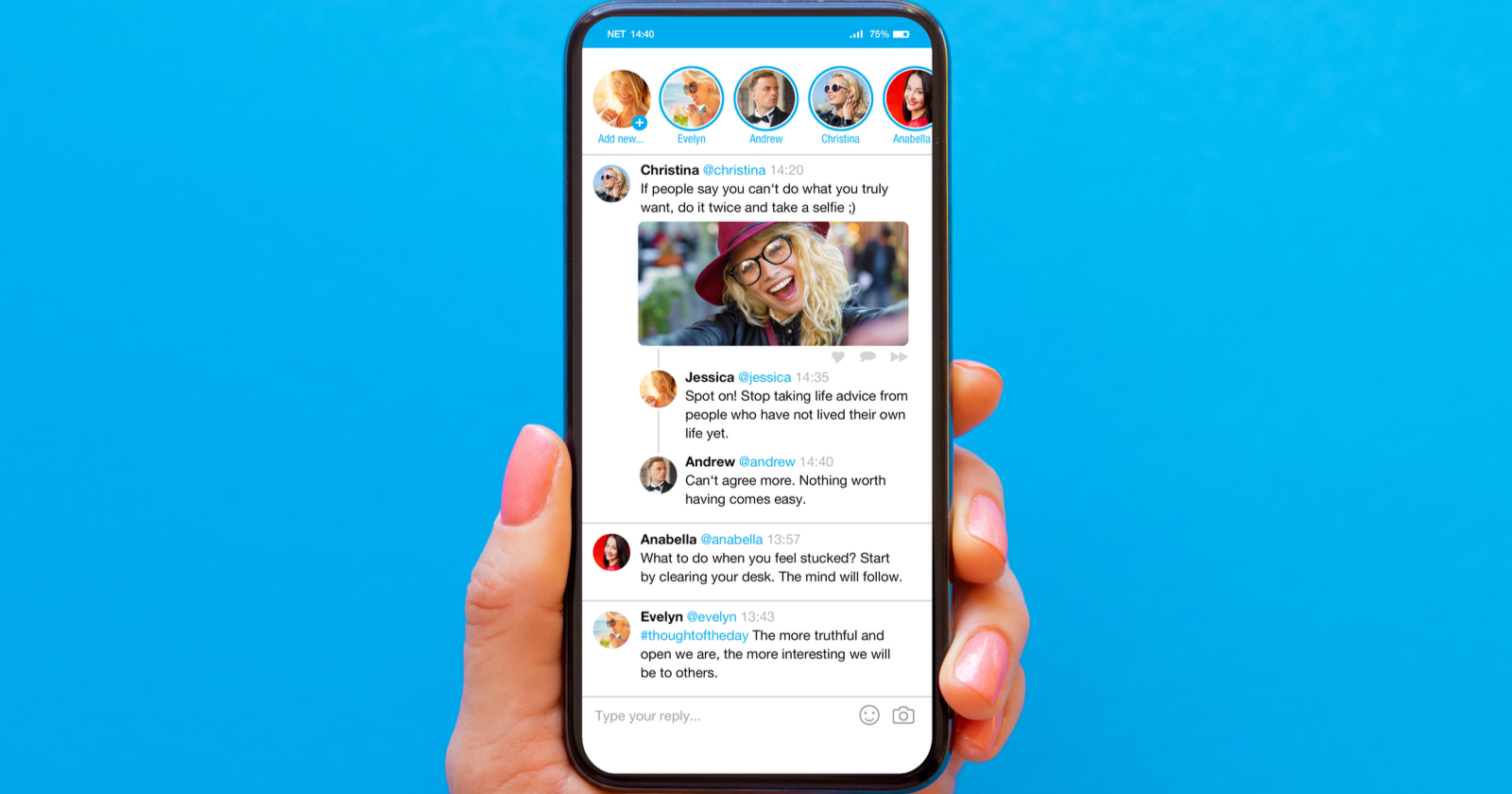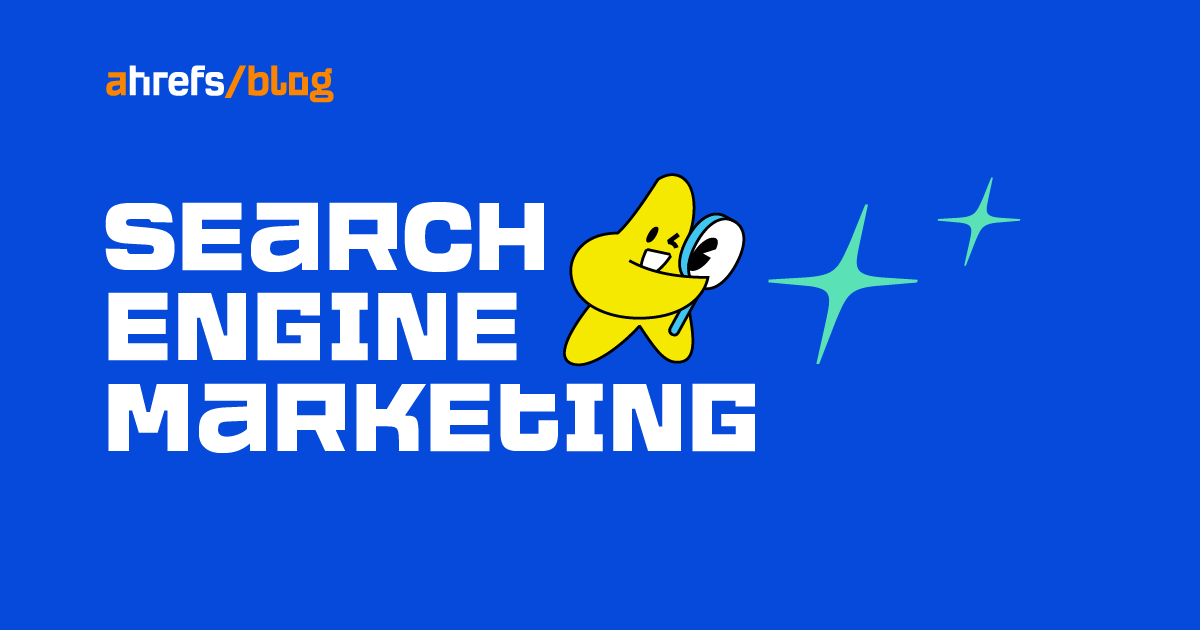How Can Resellers Create Linkable Assets & Build Better Links? via @sejournal, @rollerblader
Investing in link-worthy assets will pay off in the long run. Here's how to start building them as a reseller business. The post How Can Resellers Create Linkable Assets & Build Better Links? appeared first on Search Engine Journal.

Today’s Ask An SEO question comes from Abdul from Nairobi, who asks:
“I’m a junior in-house SEO for a company that resells items both in a traditional store and online.
Is there a way to create linkable assets for a reseller company like the one I am working for? And is there a way to do link building using such content?
Most of our competitors have little to no top of the funnel content. … In our industry, we are mostly focused on sales, and I’m looking for a way to increase our value to customers by providing such content for them.”
Hi Abdul,
Great question!
Yes, creating linkable assets for resellers is super easy and fun.
It is about thinking outside the box a bit.
For resellers and service providers, I start by creating something “link-worthy” and then find targets to reach out to.
Creating link-worthy content isn’t just one piece of content. It is building a library full of it.
I don’t mean a literal library; I mean making sure each area of your website is filled with good, quality content. That could include images, videos, guides, infographics, etc.
If you pitch someone to link to one good blog post or video, they’ll likely look at other pages on your site.
If only one has quality content, they will likely look for a similar piece of content elsewhere – and you lose the backlink to a different site filled with resources.
So let’s get started with building the resources.
Types Of Linkable Assets
Start by talking to your customer support team.
Take the conversations they’ve had, and run them through a keyword cloud.
The most commonly used phrases will wind up being the largest.
Now, plug that into a question or topic generator and a keyword research tool.
You can also create a list of questions customers ask (current customers and leads) and have your customer support team check off the list each time someone asks them one of those questions.
Now you have what people want to know before they convert. Turn this into copy, such as:
Explainer and how-to videos. Infographics showing a process or flow, with tips on reducing friction, improving output, or something unique only an expert like your company will know. Please do not make it about your services; make it about any and all services. This way, it is inclusive of everyone and more likely to get shared or linked to. Blog posts explaining concepts with real-world examples. Calculators and widgets to solve problems and show expertise. FAQs as individual pages if the answer is long, added to product/service pages, or as a blog post on its own. And more.By doing this, you’ve created a topically relevant archive of information. This is something that shows expertise and becomes worth linking to.
You can also use the content on other channels.
Videos can go onto YouTube and, if they’re shorts, also onto TikTok, Instagram Reels, and other platforms. Vertical graphics and infographics can be shared across Pinterest. FAQs can make for great interview questions or themes for podcasts.Lastly, you’ll want to ensure your site is easy to navigate.
Do not hide the blog or links to your resources in a hamburger menu. Create well-labeled navigation that encourages people to find this content.
You won’t take people out of the funnel if done the right way.
Instead, you’ll show your knowledge and that you understand their problems.
By showing you understand their problems and have solutions, you’re likely to get more qualified leads and speed up the time to close a deal.
The consumer knows they’re in the right place, and you’ve been there with others before.
The final benefit here is that you’ll have resources available for journalists, industry publications, and bloggers to find.
By having them find your content, you may end up with backlinks. You may get sourced and cited even if you don’t get the link.
Having others talk about you in a positive light, especially in the media, can help build trust and authority.
It is part of E-A-T. And the mentions in major media allow you to create an “as seen in” box to build trust with visitors.
We follow this process for building links to resellers and service providers.
We focus on answering our current and potential customers’ questions. Then, we create universal resources to show our expertise – even if we don’t use our products – and build relationships with media companies in the niche.
I hope this helps!
More resources:
How To Build Links That You Didn’t Ask For The Link Building Tactic You’re Not Using: Shallow Links Link Building Guide: How to Acquire & Earn Links That Boost Your SEOFeatured Image: paulaphoto/Shutterstock

 Kass
Kass 




























.jpg&h=630&w=1200&q=100&v=6e07dc5773&c=1)



